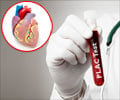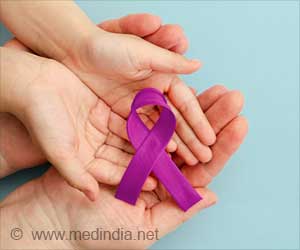Highlights
- Alcohol drinking and pre-menstrual syndrome (PMS) could be linked.
- Pre-menstrual syndrome (PMS) usually include mood swings, tender breasts, food cravings, fatigue, irritability and depression.
- Nearly one in ten cases of PMS have been linked to alcohol consumption.
Women are likelier to experience nearly 3000 days of disabling symptoms on an overage, and this cost the economy US$ 5000 per case every year.
Previous studies have not been clear on what is behind this is it because of alcohol itself or if women reach the bottle to cope with symptoms.
The researchers analyzed the databases till May 2017 and included data for nearly 47,000 participants.
The results showed that alcohol intake was associated with a "moderate" heightened risk of PMS of forty-five percent, rising to seventy-nine percent for heavy drinkers.
Women who drink alcohol has been thought to be 30 percent, with around one in 20 (6%) of those heavy drinkers worldwide. In Europe and America, alcohol consumption rate is almost 60 percent and over 12.5 percent, respectively.
It has formulated that alcohol consumption could boost PMS risk by changing sex steroid hormones and gonadotropin during the menstrual cycle. These chemicals suggest that this consumption may have a production, sex steroid hormones, and gonadotropin during the menstrual cycle.
Source-Medindia














